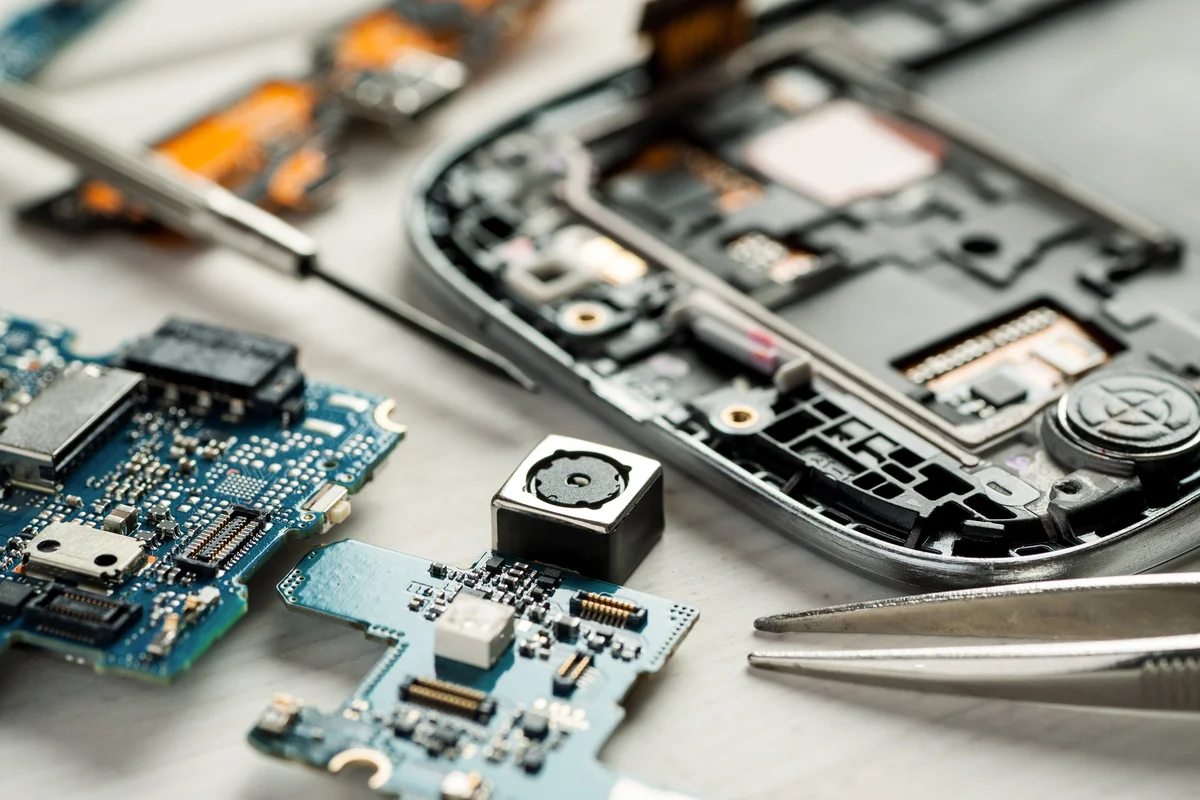Digital Rights: Your Guide to the Right to Repair Act
Nothing unites America more than broken appliances. Nearly 28,000 Americans work as appliance repairers.
This may seem like a big number. But it could become far bigger once the federal government passes a right to repair act.
What exactly is the right to repair? What states have their own acts? What have President Biden and Congress done to allow consumers and repairers to fix appliances?
Answer these questions and you can understand the future of consumer electronics. Here is your quick guide.
Also Read: A Guide to Digital Cameras- Working Principle and Buying cameras online
Table of Contents
ToggleThe Right to Repair
When electronics break, a consumer must go to the manufacturer. The manufacturer repairs the appliances for them, though they may charge fees or penalties.
It is not against the law for someone to repair their own device. But it is not common practice to do so. Many manufacturers withhold excess parts or repair kits, making it nearly impossible for someone to fix something themselves.
There are certain phone repairs that a person can make right now. They can replace or modify their phone battery, allowing their phone to last longer. Yet there are few things that a consumer can do to lengthen their device’s life long-term.
The right to repair allows a consumer to fix an appliance themselves so their device lasts for years. They can use tools they have on hand, or they can buy a repair kit. They can also go to an independent repair shop to get a fix.
Also Check: Power of Social Media Marketing To Promote Your Products and Services
State Right to Repair Laws
Massachusetts passed a right to repair initiative in 2012. This made repair information available to car owners and independent repair facilities. Consumers could then go and fix their cars themselves.
Massachusetts passed an additional initiative in 2020. This initiative required car companies to provide the electronic data of vehicles to consumers. This makes it easier to fix and maintain new cars.
No other states have right to repair laws on their books. Some states are reluctant to update their technology policy. Other states have expressed concerns for consumer rights.
Federal Guidelines
In July of 2021, President Biden issued an executive order aimed at the Federal Trade Commission. He asked the Commission to limit the ability of manufacturers to prevent consumers from repairing their own devices.
In particular, he asked them to focus on large tech companies like Apple. The Commission is currently looking into closing loopholes. They have filed reports recognizing that consumers struggle to repair their own appliances.
Yet there is no federal right to repair act in the works. Congress is more focused on other matters. This may change as the years go on, especially if pandemic conditions improve.
Also Check: How to Make Money on YouTube: 7 Effective Strategies
The Basics of a Right to Repair Act
Manufacturers refuse to share information and tools that would help you maintain your appliances for years to come. The right to repair will give you and repair companies the ability to do so.
Massachusetts has acted so its residents can fix their appliances. Some states are considering a right to repair act, but they haven’t acted yet.
President Biden has expressed his support for the right to repair. With other priorities dominating Congress’s interest, action has been slow.
But technology is moving very quickly. Keep up with the latest developments by following our coverage.




